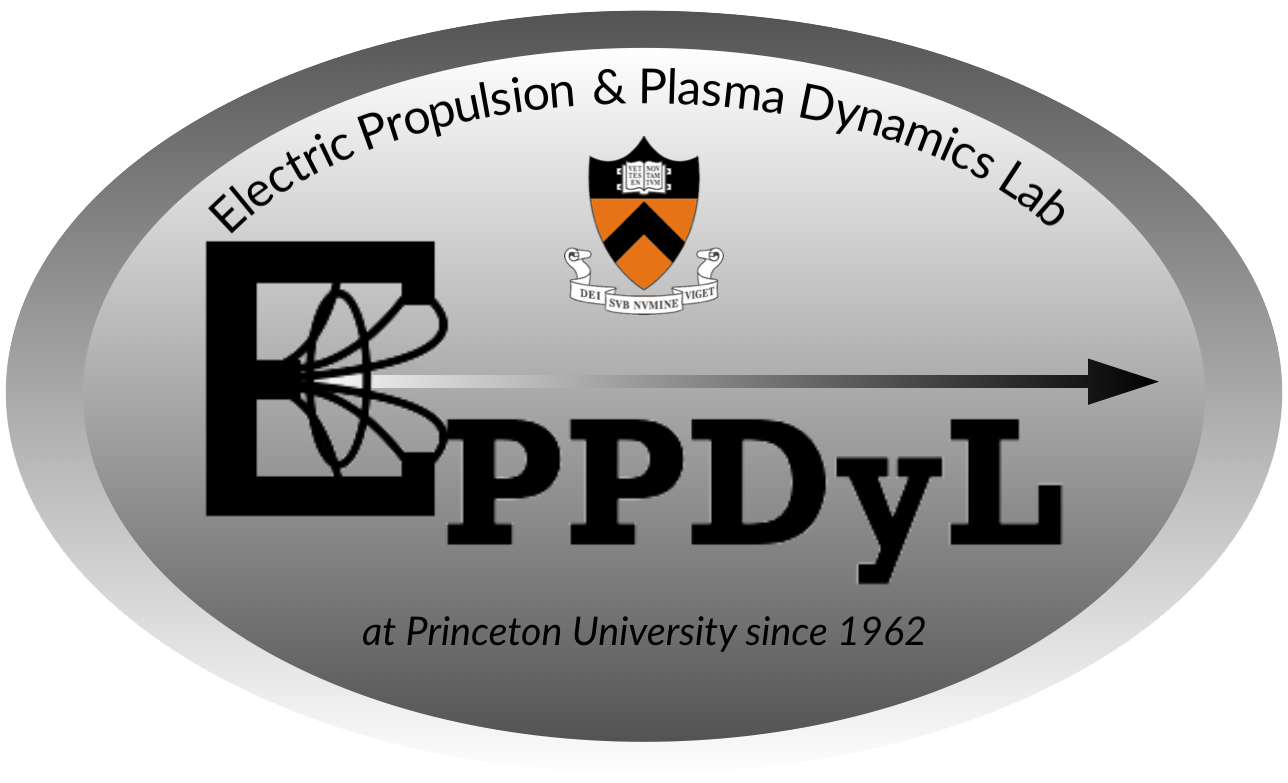Physics of Thermionic, Orificed Hollow Cathodes. Part 1: Theory and Experimental Validation
Download
Physics of Thermionic, Orificed Hollow Cathodes. Part 1: Theory and Experimental Validation
Abstract
A model aimed at illuminating the physics of thermionic, orificed hollow cathodes is developed and validated with experimental data. The model is intended to describe the variation of total (neutrals, ions, and electrons) static pressure with controllable parameters. That pressure must be properly evaluated because it influences important plasma parameters in the cathode such as the attachment length and the electron temperature, which directly impact the lifetime of thermionic inserts. The model, which combines a zero-dimensional approach to the conservation of energy and momentum for the combined plasma-neutral fluid and a charge-exchange-limited ambipolar diffusion model, allows for the computation of all plasma quantities, including the total fluid pressure. The model depends on the operating conditions (discharge current and mass flow rate), cathode geometry, and the gas species, along with two non-controllable parameters: the neutral gas temperature and the sheath potential. Total pressure data at up to 307 A of cathode discharge current were obtained experimentally and were used, along with data from the literature, to validate the model. Good agreement is obtained for all quantities. The model is used in a companion paper to clarify the role of magnetic and gasdynamic pressure in the scaling of total pressure, to derive scaling laws applicable to thermionic, orificed hollow cathodes, and to propose novel cathode design rules.
